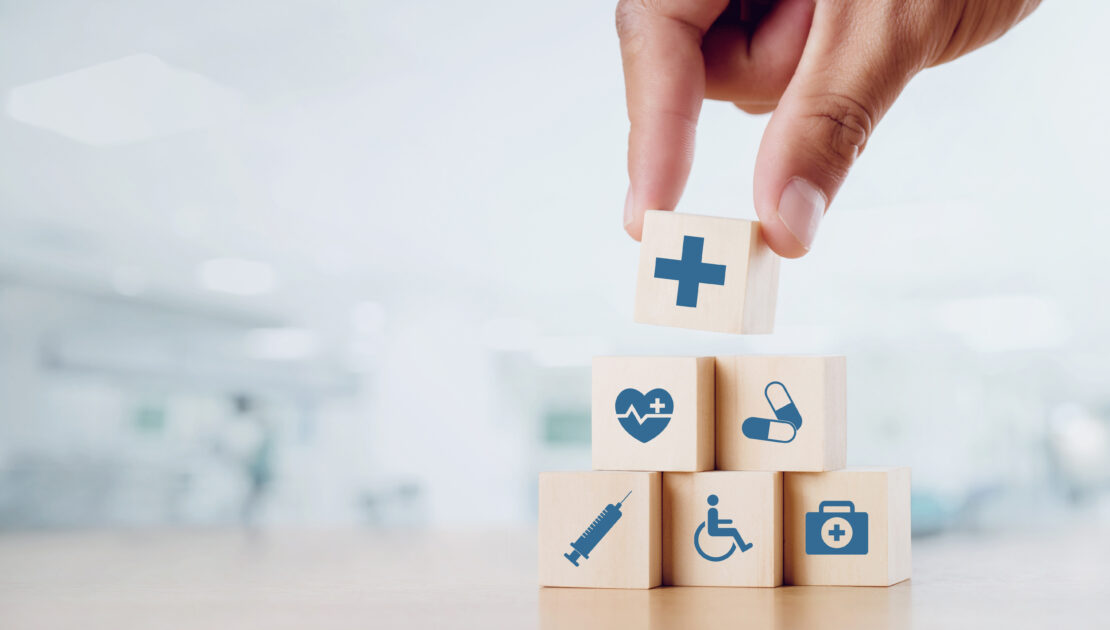12 Ways to Prevent Slips and Falls in Your Building

Slips and falls are common occurrences that can lead to injury and even death, especially for older adults. The Centers for Disease Control and Prevention (CDC) reports falls are the No. 1 cause of injury and death for those 65 and older. Each year a reported 29 million falls represent:
- 3 million trips to the ER.
- 800,000 hospital admissions.
- 28,000 deaths.
- $31 billion in Medicare costs.
Avoiding liability is key
As a landlord, it’s imperative you maintain a hazard-free rental property to prevent tenant injuries. For a tenant to win a slip-and-fall lawsuit, negligence must be proven on the part of the property owner. This means the landlord was found to have done one of the following:
- Caused the unsafe condition, such as neglecting to secure a work zone or cleaning up after work was completed.
- Did little or nothing to prevent the condition, such as not properly clearing stairs and sidewalks after a snowstorm.
- Knew about the unsafe conditions and didn’t act to improve them, such as neglecting to fix a broken stair railing in a timely manner.
12 ways to stay safe
Personal injury cases can be expensive propositions, so it’s in a landlord’s best interest to keep their property safe and secure for tenants of all ages. These 12 tips will help you prevent slips and falls in and around your building.
1. Install sturdy railings on staircases and pathways
These railings should be hefty enough for an adult to lean on for support as they move up or down stairs and across sidewalks, especially in wet weather conditions.
2. Treat walking surfaces for better traction
Add a nonslip coating or texture, like a broom finish or stamped concrete, to sidewalks, stairs, and hallways to help avoid slippery surfaces.
3. Ensure all pedestrian paths are clear
This not only includes snow removal in winter but also sweeping away wet leaves — a notorious slip hazard — and trimming bushes that could impede a person’s ability to walk.
4. Repair or replace carpet or flooring
Buckled or cracked flooring can easily cause people to trip and fall, so be aware of flooring issues and resolve them quickly. New carpet and flooring are best installed in the fall, when the weather is crisp and cool; heat and humidity can cause materials to swell and adhesives not to dry properly.
5. Fix broken pavers
This repair is not only an aesthetic improvement — it will also provide a smoother, safer place for your tenants to walk outside.
6. Fill in any holes in dirt and grass
If you’re doing landscaping, be sure to mark off any holes or other uneven spots so people can see them.
7. Mop up spills quickly
Keep caution tape or cones handy until the area can be cleaned.
8. Keep wires tucked away
When doing renovations, securely tape down wires so they can’t trip anyone.
9. Prohibit tenants from leaving things in the hallway or stairwell
Both places should be completely free and clear for people to walk, particularly in the case of an emergency.
10. Ensure pathways and stairwells are well lit
Dark hallways and stairwells are one trip away from disaster, so make sure people can see where they’re going.
11. Post a number for reporting fall hazards
Even if you have a property manager on site, a tenant might notice a problem before they do. Make it easy for tenants to alert you to issues to be fixed by posting signs throughout the property with a phone number they can call or text.
12. Respond quickly to maintenance concerns
Anything broken/in disrepair that leads to a fall is bad news for a landlord, particularly if you knew about it and didn’t act quickly. Make it a point to resolve all hazardous issues promptly to avoid injury.
The bottom line
Safe tenants are happy tenants. By doing everything you can to ensure your property is free of hazards, you can mitigate injury.
Source – MillionAcres
